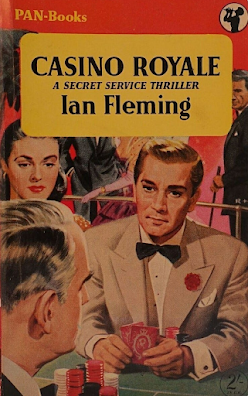 |
| An unusual massage from Ed Wood's The Perverts. (Image courtesy of Bob Blackburn.) |
Let's play a game.
I'll give you a passage from The Perverts (1968), a sexual guidebook Ed Wood wrote for Viceroy under the assumed name "Jason Nichols," and you try to tell me what this chapter is actually about. Ready? Here goes:
Time and the tide seldom changes. It only revamps itself to progress other thoughts. The river continues to run year after year and one might wonder why it never runs dry. The story is that the river is once more sucked up into the sun and redeposited at the head again.
Okay, maybe that wasn't enough. I'll give you the entire next paragraph:
Sex is much the same way. As has been stated over and over again during these chapters, SEX per se is never satisfied. It is only sucked up into the body of another and redeposited for another fling, and so it shall be to the end of time and since there is no such thing as the end of time so there shall never be an end to SEX and the variations thereof.
Give up? That was from the chapter about incest. So what was all that stuff about tides and rivers and the sun? You got me. But I'm trying to give you an idea of what reading The Perverts is like.
As a writer with a restless mind, Ed Wood will go off on philosophical tangents that have little or nothing to do with the subject at hand. Remember Glen or Glenda (1953), in which narrator Dr. Alton (Timothy Farrell) is supposed to be telling us about cross-dressers but somehow gets onto the topic of "the modern world and its business administration"? Much of The Perverts is like that. The book's quasi-lofty tone is also highly reminiscent of the ponderous narration of Ed's The Young Marrieds (1972). Very often in that film, the narration will play over footage of waves crashing against the rocks, similar to the tidal imagery used in The Perverts.
Speaking of images, last week I complained that my edition of the book lacked the photos that were in the original printing. Well, Bob Blackburn heard my plea and sent me some of the pics from his copy of The Perverts, which in turn was Ed Wood's own personal copy of the book! Bob says that there are about 20 to 30 "mostly topless" black-and-white photographs altogether in his edition. It does not look like the publisher, Viceroy, commissioned new photos based specifically on Ed Wood's text, but instead used whatever photos they happened to have lying around that sort of matched what was in the book. Below is a collage of images from the chapters on troilism, fetishes, and lesbianism.
 |
| A triptych of images from The Perverts. |
I'm grateful to Bob for giving me a sampling of the visual content in The Perverts. Feel free to explore this gallery of images if you're interested in seeing more. But now, let us talk about the literary content in this remarkable book.







